Lingayat Matrimony
by iMarriagesLingayat matrimony site.
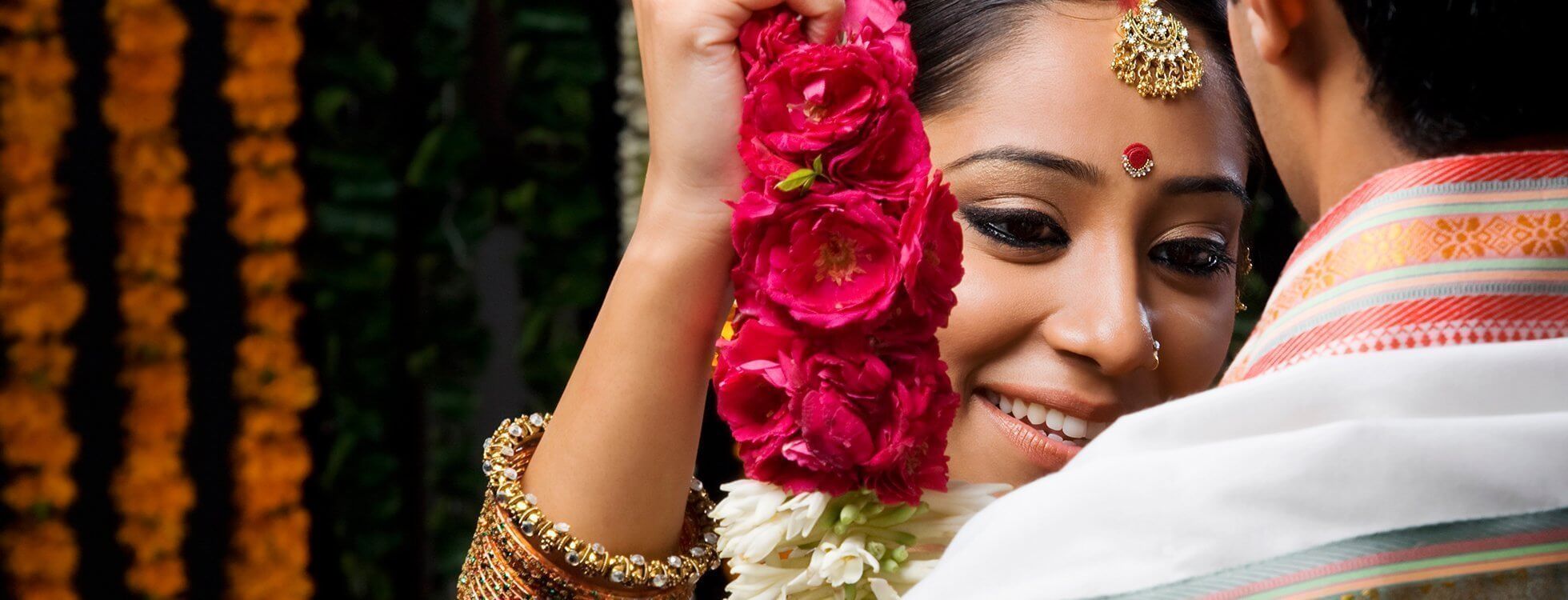

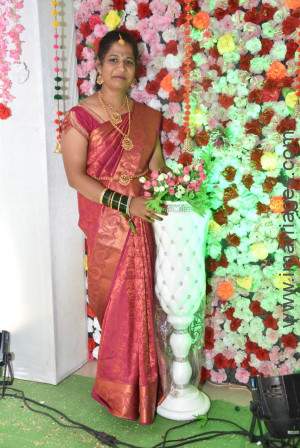
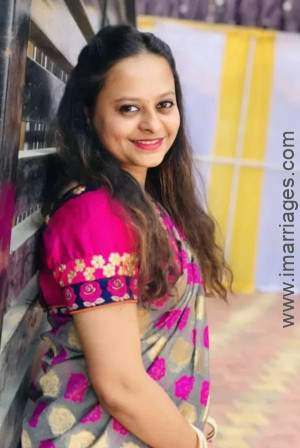

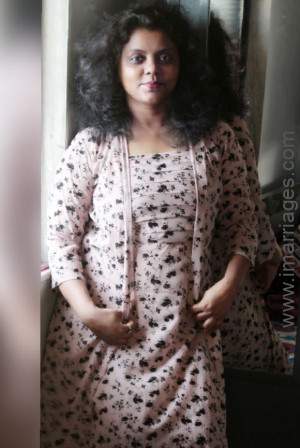
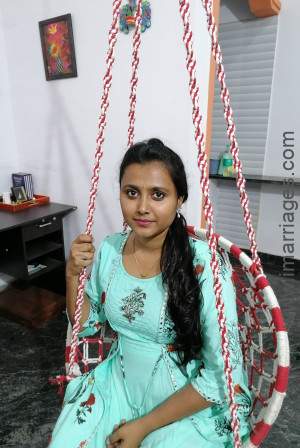

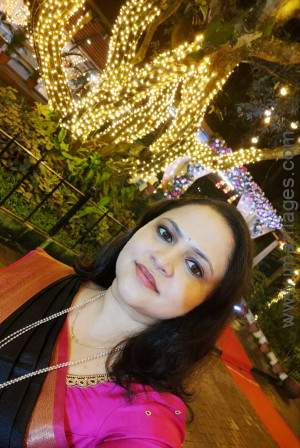
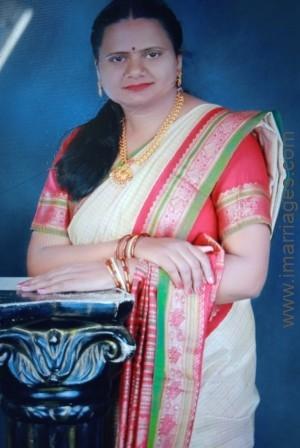
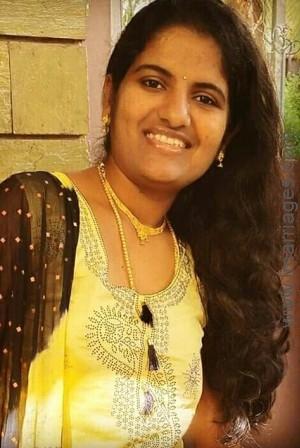
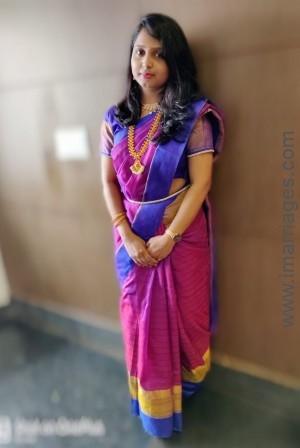
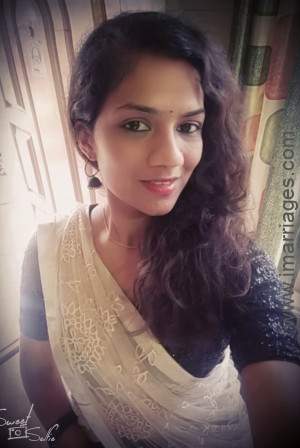
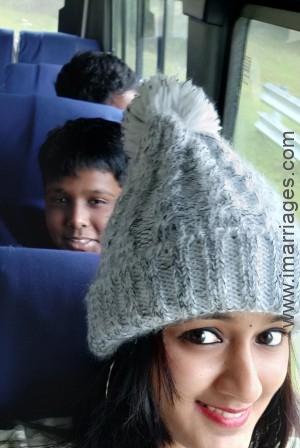
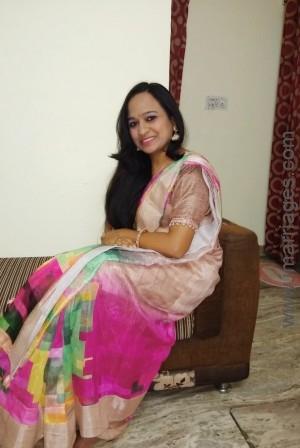

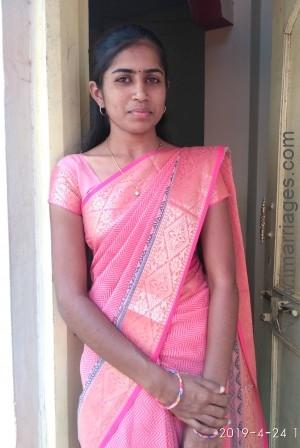
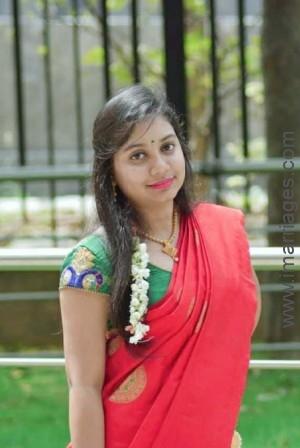
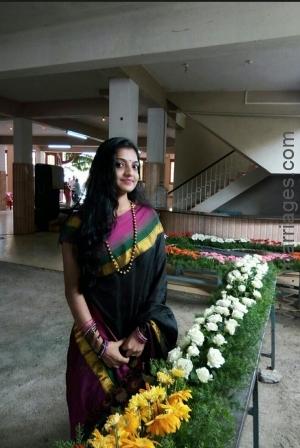
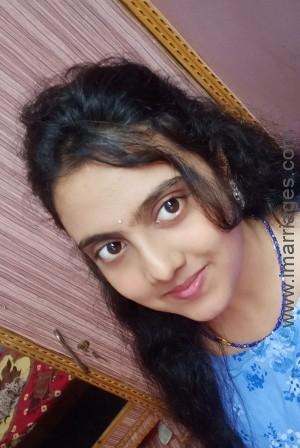
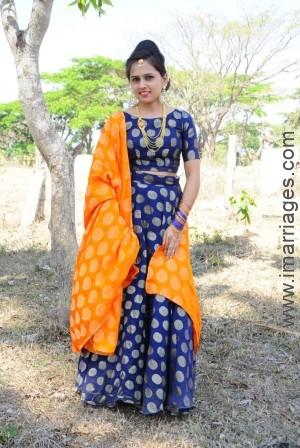
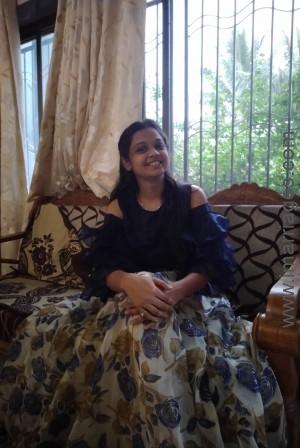
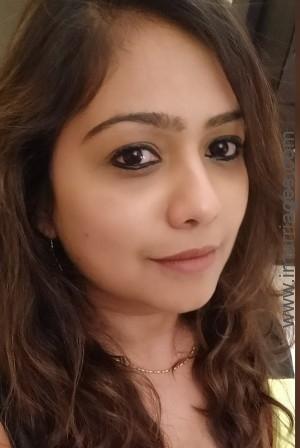
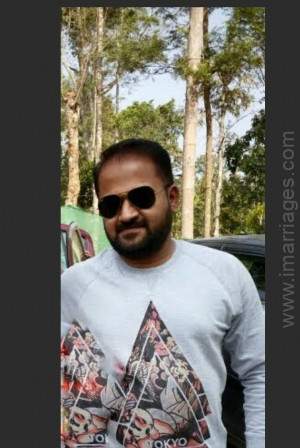

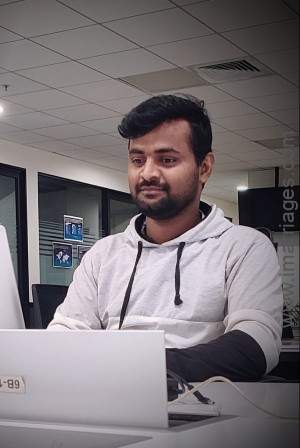
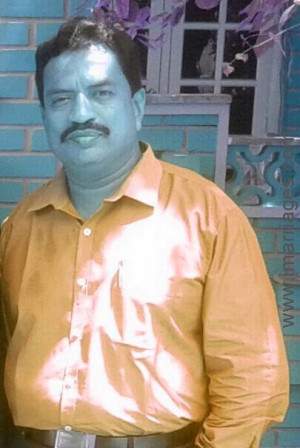
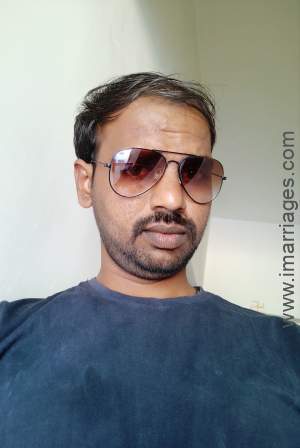
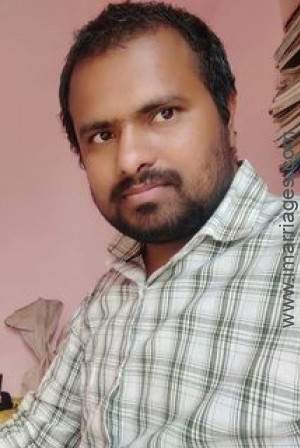
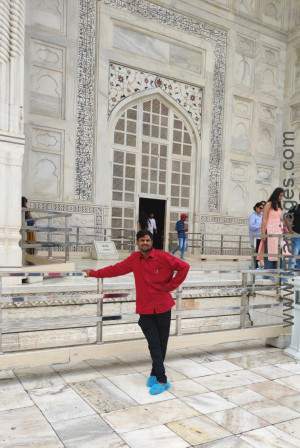
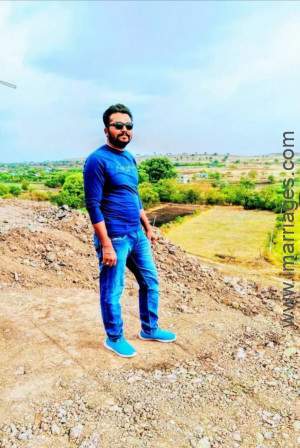
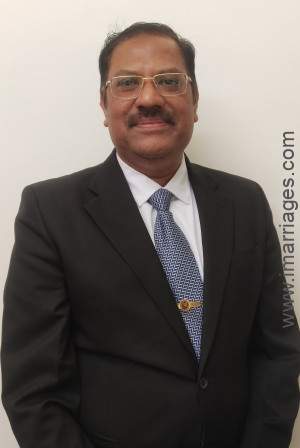

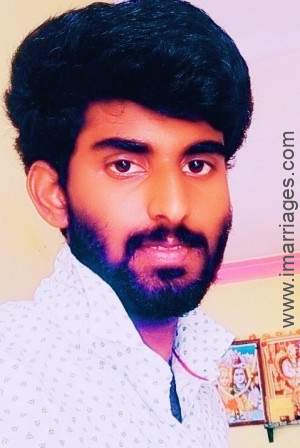
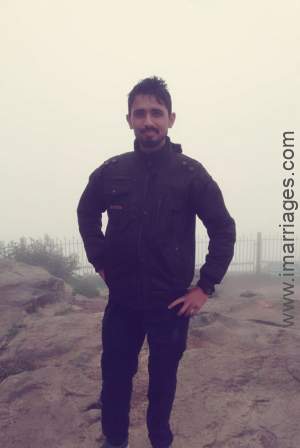
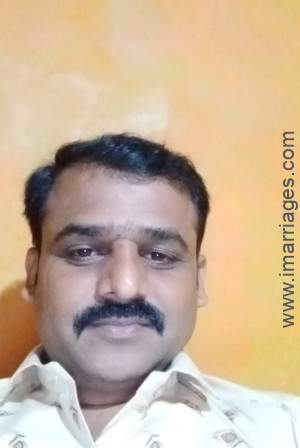
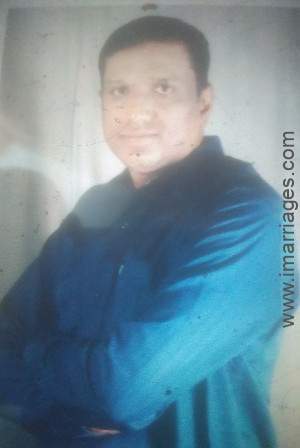
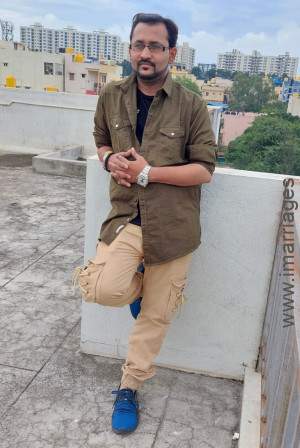
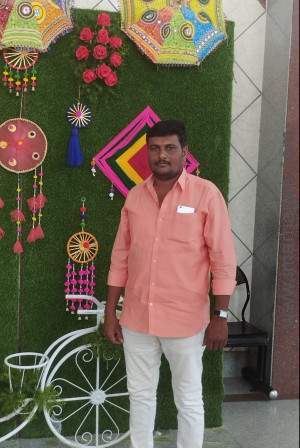
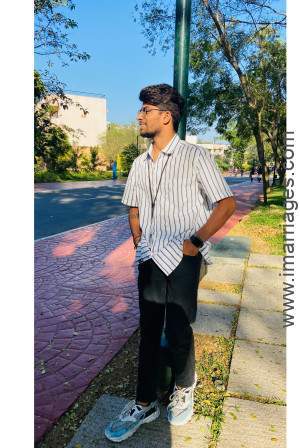


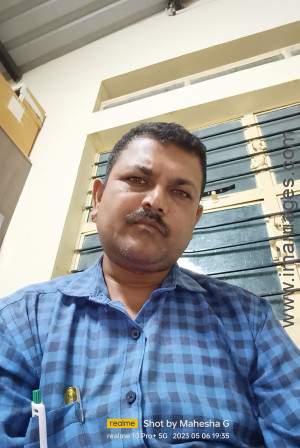
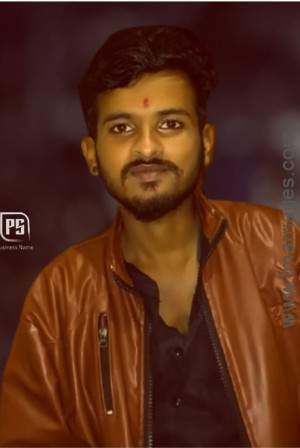

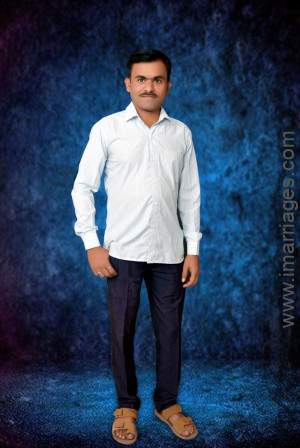
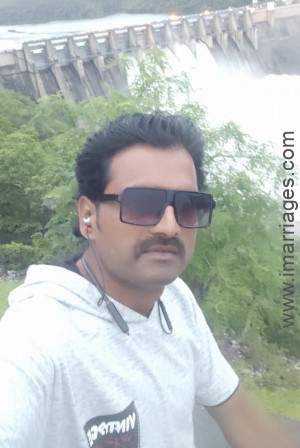
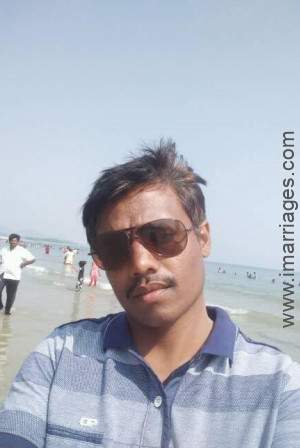
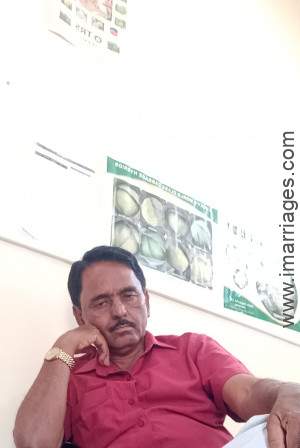
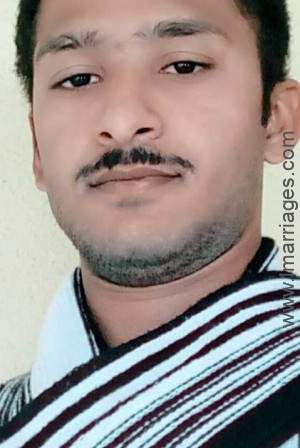
Welcome to Lingayat Matrimony by iMarriages, a free matrimony portal featuring thousands of profiles.
The Lingayats community were originally from Karnataka but nowadays reside in almost every state in Southern India. They are worshipers of Lord Shiva and are very strict in following their traditional culture and rituals. Every celebration and every occasion of the Lingayats is beautiful with unique rituals. The same is true with the Lingayath community matrimony.
Let's take a look in depth at the matrimony traditions and culture of the Lingayath community.
This is the first ritual that takes place after the approval of alliance between the two families. This ritual symbolizes seeking of permission and blessings from God for the new alliance. During this ceremony, the first wedding card is placed before God, so that he blesses the couple to have a happy and prosperous married life.
This is a fun-filled ceremony during which the would-be groom pretends that he wants to live a life free from the worldly pleasure and thus he is going to Kashi (a holy place). Therefore, at that moment the girl’s family tries to convince him to get married to their girl. Finally, after lots of laughter and fun, the groom accepts their proposal to marry the girl.
The ritual is performed a day before the marriage ceremony. During this ritual both the families along with some close relatives from both sides meet at a pre-decided venue. The venue may be a nearby temple or the marriage hall. The bride's family then offers clothes, dry fruits and other gifts to the groom. The groom's family keep the offerings given by the bride’s family at Lord Ganesh's feet for his blessings and then handed over to groom. This ritual is meant to protect the belongings of the groom from any bad omen.
The Holy Bath or Snanam is performed at the dawn of the wedding day. During this ceremony, the bride and Groom take the Holy bath with water from the holy river Brahmaputra. Before bathing a paste of sandalwood is applied on face, hands, and feet of the bride and the groom by the married female members of the family. After this, the bride and the groom start getting ready in their respective wedding attire. The Groom wears his Vesthi and Kurta while the bride adores her silk saree with lots of jewelry.
When the groom and his party arrive at the wedding venue, the bride's family warmly welcomes them. Then the bride's brother escorts him inside the mandap.
During this ritual, the priest at the venue where the actual marriage ceremony will take place performs a small pooja. This pooja is performed to invite Lord Shiva to the venue. It is believed that Lord Shiva will keep his hands on the couple and the whole marriage ceremony will take place without any obstacle.
Among the Lingayath community, the groom is thought to be an incarnation of Lord Vishnu thus he is worshipped by the bride's father. For this, the Bride's father gets the groom to marriage hall, wash his feet's, and offers him clothes and other gifts. Then the Groom sits into the mandap.
Her maternal uncle brings the bride to the mandap. They carry the girl to the mandap, the Veda mantras are being chanted amidst the whole ceremony. The bride is covered with a white cloth. After she enters the wedding hall, the cloth is removed and the couple exchanges the garland.
Giving away to the bride also known as 'Dhare Herdu'. It symbolizes handing over to the bride to the groom. For performing this ceremony, the bride's father takes the groom's hand and places it on the hand of the bride. The groom then holds the bride's hand along with coconut and betel leaves while her father pours water into the groom's hands signifying 'dhara'. It symbolizes that the bride now belongs to the groom.
After Dhara, the bride and groom walk seven times around the Holy Fire. This symbolizes seven steps of marriage for the couple together, which will lead them to hold each other for whole life in each step. These steps also symbolize seven vows of marriage.
In this community, during managalya dhara (Mangalsutra tying ceremony) 5 married women stand behind the bride holding her and the groom ties the mangalsutra around her neck.
Vidai symbolizes sending the girl to her husband's home. This is an emotional event where the girl receives the farewell from her family with gifts and lots of love and blessings.
This ritual is performed at the groom’s house when the girl is stepping for the first time into her new house. The mother in law performs an aarti and greets her in.